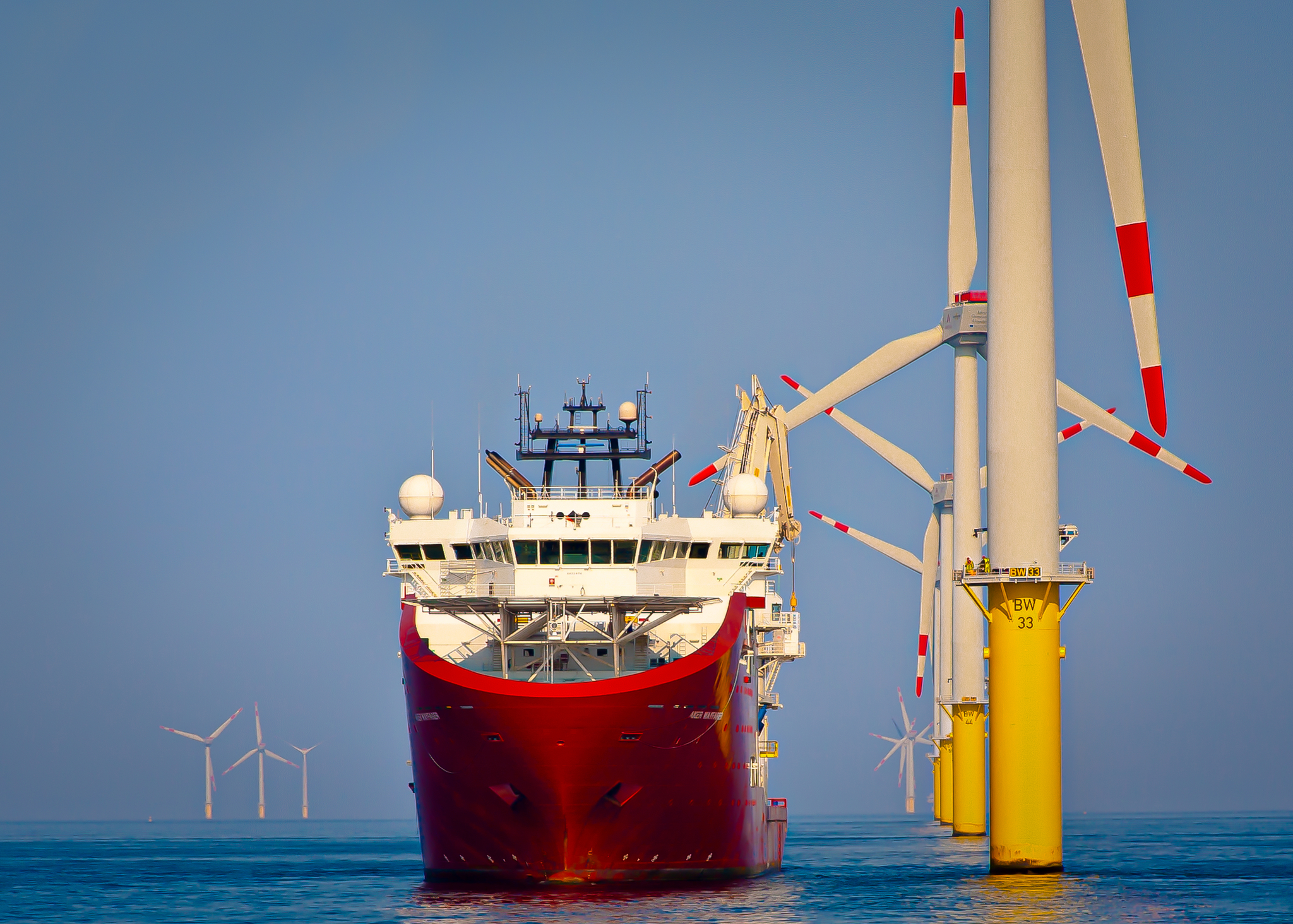ATLANTIC CITY, NJ – Over 250,000 people have signed an online petition calling for Governor Phil Murphy to cease work on a massive off-shore wind energy farm off the Jersey Shore coast. Protest against the project began in December when dead whales mysteriously started appearing on beaches along New Jersey’s coastline.
Since December, thirteen whales have been found dead, eclipsing previous years’ data on file with NOAA.
The petition being disseminated by Protect Our Coast NJ calls for the immediate halt of all offshore wind activity along the New Jersey shore.
“These massive, unprecedented experimental projects have been fast-tracked without meaningful public input, and with all the impacted cities and towns denied the right to home rule by executive action of the Governor of New Jersey,” Protect Our Coast NJ said in a statement.
The organization believes the proposed offshore wind farms could result in irreversible ecological damage to the marine environment, including the injury or death of thousands of marine species, and as a result, greatly diminish the quality of life in our coastal communities. These projects are projected to reduce shore residents’ property values, curtail tourism, severely affect the fishing, boating, and hospitality industries, greatly increase energy costs to New Jersey ratepayers, and provide no tangible benefits to the people of the State of New Jersey.
As of Saturday morning, 263,796 people have signed the online petition.
Governor Phil Murphy so far refuses to halt activities. Murphy believes the recent whale Unusual Mortality Event (UME) has nothing to do with sonar being used in the Atlantic Ocean and more to do with a coastal uptick in whale deaths since 2016.
Each year, New Jersey averages between 0 and 5 humpback whale deaths along its coast, according to the NOAA data. Since December, eleven confirmed whale deaths have been reported in New Jersey alone.
In 2021, there were zero beached humpback whales reported in New Jersey.
In 2013, a study conducted off the coast of Madagascar linked a mass whale stranding to underwater sonar mapping “multi-beam echosounder system” was the most plausible and likely behavioral trigger for the stranding of about 75 whales.
In 2009, Scientific American published a report linking sonar to a 2005 UME that killed 34 whales along North Carolina’s Outer Banks.
Last month, Governor Phil Murphy called protests against his windfarm “disinformation” and said science doesn’t back up the claim that sonar could be distressing the whales. But is he actually looking for scientific answers to the problem? Probably not.
Scientists in the above reports speculate that the sonar used by mapping buoys interferes with the whale and often causes them to swim deeper into the ocean at a faster rate, causing them to suffer from the bends, a decompression sickness common in human scuba divers.
Other whales can be driven from the sonar and cause themselves to beach.
NOAA and Scripps Institution of Oceanography published a report after a study whale strandings between 2006 and 2019, where at least ten whales died in the Marianas.
They found that the U.S. Navy’s sonar use caused the mass stranding event.
“A leading hypothesis suggested sonar may cause the whales to surface too quickly, forming bubbles in their blood or vital organs similar to decompression sickness, known as the bends,” the report concluded.
